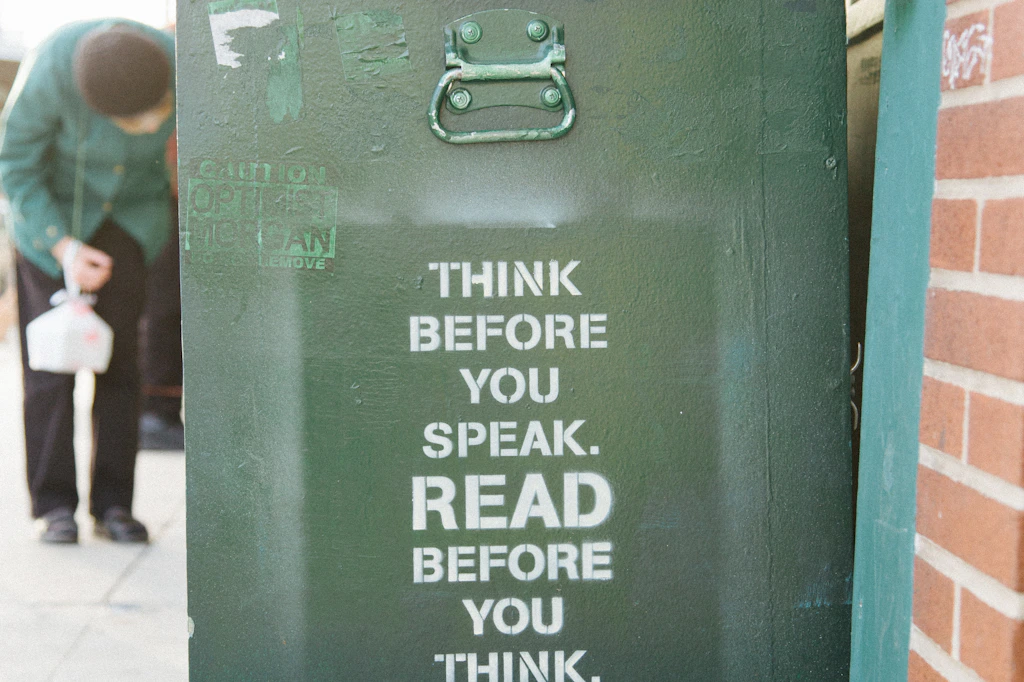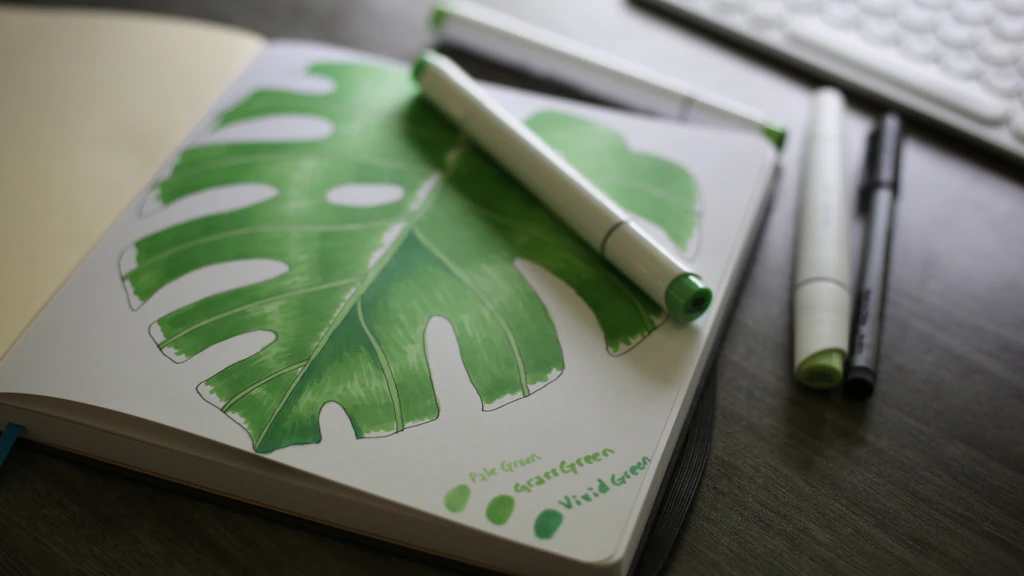An abstract is the first thing readers encounter when they engage with your research paper, essay, or thesis. It provides a concise summary of your work, helping readers decide whether to read the entire paper. Writing a compelling abstract requires clarity, brevity, and the ability to distill complex ideas into a few sentences.
This guide walks you through the steps to craft an abstract that captures attention and effectively summarizes your research.
1. Understand the Purpose of an Abstract
The abstract serves as a roadmap for your paper, giving readers a snapshot of its content. A good abstract should:
- Summarize the key points of your research.
- Highlight your objectives, methods, results, and conclusions.
- Engage readers by showcasing the significance of your work.
Types of Abstracts:
- Descriptive Abstracts: Briefly outline the topic without delving into results or conclusions.
- Informative Abstracts: Provide a detailed summary, including findings and implications (common in academic papers).
2. Know What to Include
A compelling abstract covers the most critical aspects of your paper.
Key Elements of an Abstract:
- Purpose: State the objective of your research.
Example: “This study examines the impact of remote learning on student engagement during the COVID-19 pandemic.” - Methods: Briefly describe your approach or methodology.
Example: “Data were collected through surveys and analyzed using regression analysis.” - Results: Highlight the key findings.
Example: “Results indicate a significant decline in engagement, particularly among younger students.” - Conclusions: Summarize the implications of your research.
Example: “These findings suggest the need for interactive strategies in remote education.”
Tip: Tailor the abstract to your audience—academic readers expect detailed summaries, while general audiences prefer simplified explanations.
3. Keep It Concise
Most abstracts are limited to 150–300 words. Focus on conveying essential information without unnecessary detail.
Tips for Conciseness:
- Avoid lengthy introductions or background information.
- Use precise language and avoid redundancy.
- Limit technical jargon unless it’s critical to understanding your work.
Example:
- Too Long: “The main objective of this research, which was conducted over a year, is to analyze data that explores the multifaceted effects of… ”
- Concise: “This study analyzes the effects of remote learning on student engagement.”
4. Write the Abstract Last
Although the abstract appears at the beginning, it’s often best to write it after completing your paper. This ensures you have a full understanding of your research and can accurately summarize it.
5. Use Active Voice and Strong Verbs
Active voice makes your abstract more engaging and easier to read.
Examples:
- Passive Voice: “Data were analyzed to determine the trends.”
- Active Voice: “We analyzed data to identify trends.”
Tip: Strong verbs like “examines,” “demonstrates,” and “reveals” add impact.
6. Avoid Common Mistakes
Steer clear of these pitfalls to ensure your abstract is effective:
- Overloading with Details: Focus on the highlights, not every aspect of your paper.
- Using Acronyms Without Explanation: Spell out terms on the first use.
- Omitting Key Findings: Ensure your abstract includes your main results and conclusions.
7. Review and Edit for Clarity
Take time to refine your abstract for readability and accuracy.
Editing Tips:
- Read your abstract aloud to check for flow.
- Eliminate filler words or repetitive phrases.
- Seek feedback from peers or use college paper help services for a professional review.
8. Follow Formatting Guidelines
Different journals, conferences, or institutions may have specific requirements for abstracts.
Common Formatting Requirements:
- Word count limits (e.g., 150–300 words).
- Structured format with headings (e.g., Purpose, Methods, Results, Conclusion).
- Specific citation styles (e.g., APA, MLA).
Tip: Always check submission guidelines to avoid unnecessary revisions.
9. Examples of Effective Abstracts
Informative Abstract Example:
“This study investigates the impact of social media on mental health among college students. Using a survey of 500 participants, we identified a correlation between excessive social media use and increased anxiety levels. Results suggest that promoting digital well-being can mitigate these effects, emphasizing the need for awareness campaigns.”
Descriptive Abstract Example:
“This paper explores the historical evolution of climate policy, focusing on milestones in international agreements and their effectiveness in reducing emissions.”
10. When to Seek Professional Help
If you’re struggling to summarize your work or meet formatting requirements, professional services can help.
How College Paper Help Services Assist:
- Provide feedback on clarity and conciseness.
- Edit for grammar and formatting consistency.
- Offer examples of abstracts tailored to your field.
Conclusion: Master the Art of Abstract Writing
A compelling abstract is the key to drawing readers into your research. By summarizing your work effectively, using concise language, and focusing on key elements, you can create an abstract that captures attention and communicates the significance of your study.
If you need extra support, paper help services are available to guide you through the process. Start refining your abstract today, and make your research stand out!




